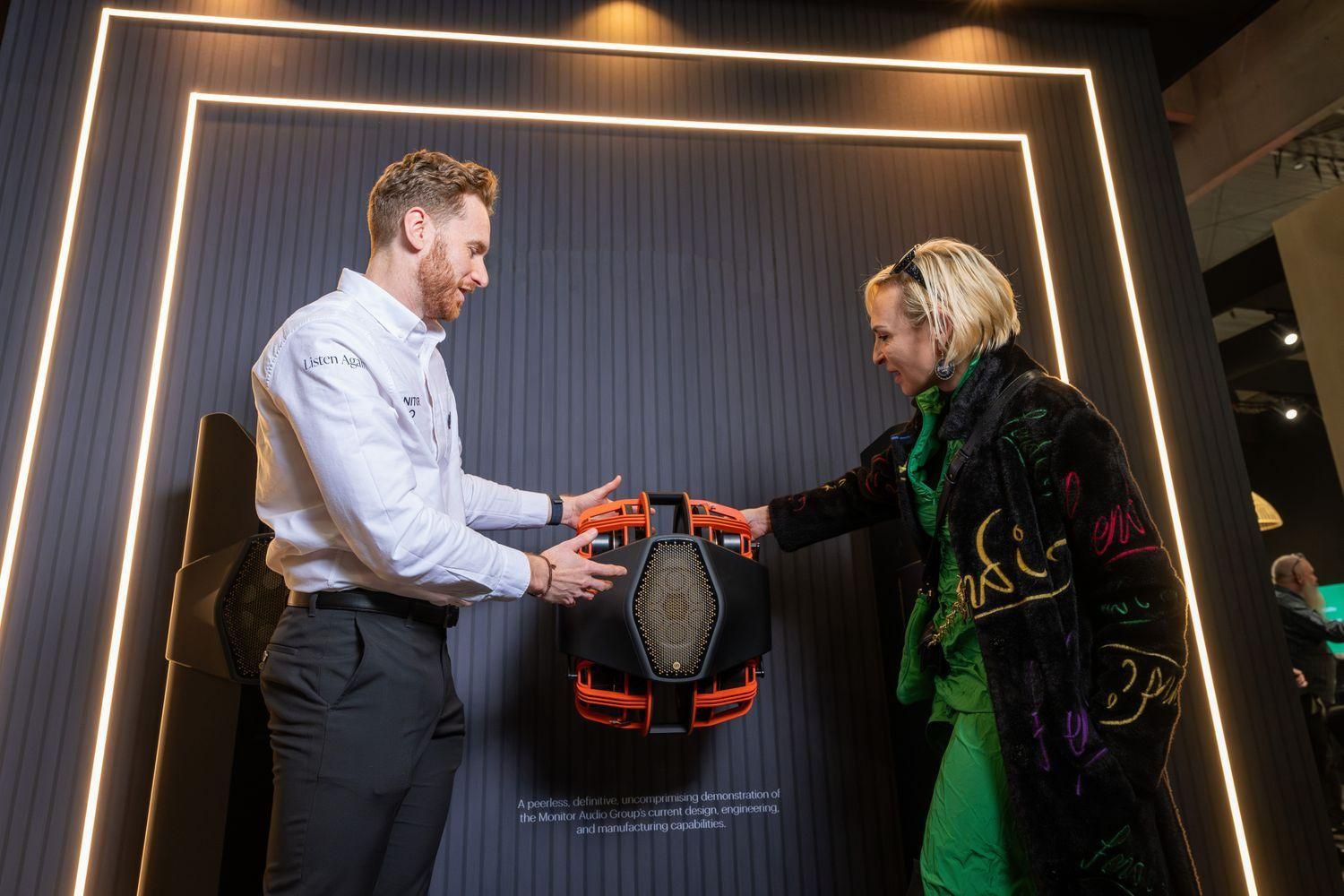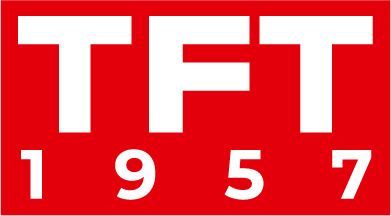Residential market outlook 2026

Valued at $15.7bn and with a predicted CAGR of 2.0% between 2025 and 2030, according to AVIXA’s 2025 Industry Outlook and Trends Analysis, the residential technology sector continues to pack a punch.
Whereas just a few years ago many homeowners were tentatively taking their first steps into smart home technology with smart lighting or temperature control managed by individual apps, now it is whole-home systems embracing both indoor and outdoor spaces and controlled by a single interface, that are coming to the fore.
This means multiple systems including blinds/shades, multi-room audio/video, home entertainment, security and much more all being automated and personalised to meet the needs of each occupant. Indeed, this ability for homes to automatically adapt to, and even predict, user needs is one reason why residential technology has become so popular.
AI is enhancing these levels of automation, as it learns how homeowners live, their preferred room temperature, lighting levels or even when the fridge is running low of certain ingredients. This also helps to remove the need for sequences to be programmed manually, instead they’ll be learnt and can evolve over time to ensure homes continue to make life more comfortable for occupants.
AI is also contributing to the growing interest in making homes more sustainable. By understanding how systems such as heating and lighting are used, AI can automatically turn off unused devices and, as energy use is analysed in the longer term, areas of inefficiency can be identified. As smart home projects increasingly include distributed energy systems, AI can even predict renewable energy generation based on weather forecasts and optimise energy distribution to maximise the use of renewable sources.


Away from AI, home cinemas continue to be a big investment as streaming services make it easier than ever to watch the latest blockbusters at home. More recently, however, the trend has edged towards designing multi-functional media rooms, where the focus is on creating immersive entertainment spaces, whether that’s to watch movies, game or stream live sports. 8K TVs and projectors, immersive audio systems, custom lighting and simple control are at the core of these rooms.
Whereas this kind of setup was once only the preserve of indoor rooms, there is a growing desire to create high-end entertainment spaces in outdoor areas too, and this is being considered much earlier in projects as homeowners value seamless indoor-outdoor living. As with indoor media rooms, discreet installation is often preferred, which means unobtrusive speakers that blend in with the landscaping and retractable TVs that are big enough to be seen clearly but can be recessed when not in use.
When it comes to end user requirements for smart home technology, simple control is essential whether that’s via remote control, touch panel or voice, as is the ability to quickly identify and fix any issues. For this reason, remote monitoring and management is an increasingly popular option. Cloud-based remote management platforms that can configure, monitor, diagnose and troubleshoot connected devices not only add peace of mind for homeowners, but they also add value for installers who can provide additional services for a longer period of time. This is especially the case given ongoing concerns around cyber threats.
As more devices sit on networks, smart home tools such as smart locks, cameras and thermostats can be vulnerable to attack. Remote monitoring and management can also help here, identifying unusual behaviour and ensuring firmware updates are actioned in a timely manner.

)
)
)
)
)
)
)
)
)
)
)
)

)
)
)
)
)
)
)
)
)
)
)
)
)
)
)
)
)
)
)
)
)

)
)
)
)

)
)
)
)
)
.png/fit-in/500x500/filters:no_upscale())
)
)
)
)
)
)
)
)
)
)
)
)
)
)
)
)
.png/fit-in/500x500/filters:no_upscale())
)
)
)
)
)

)
)